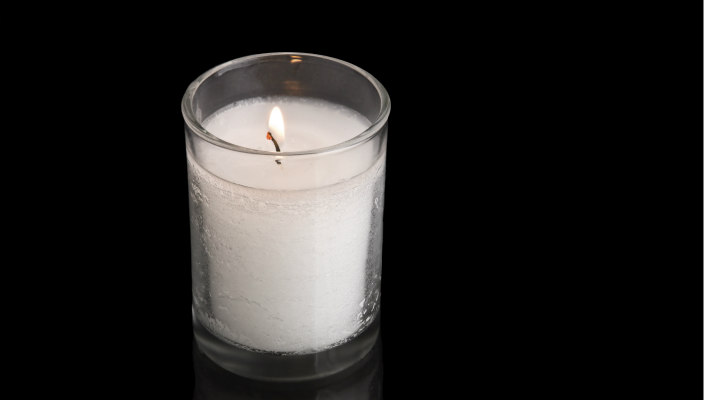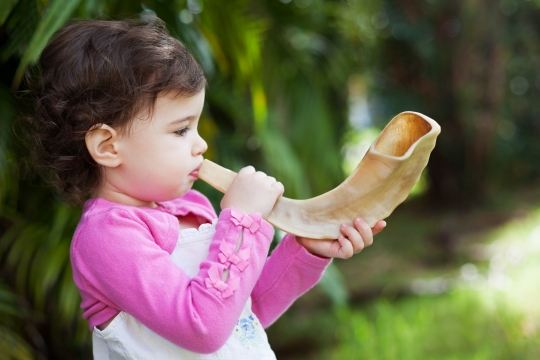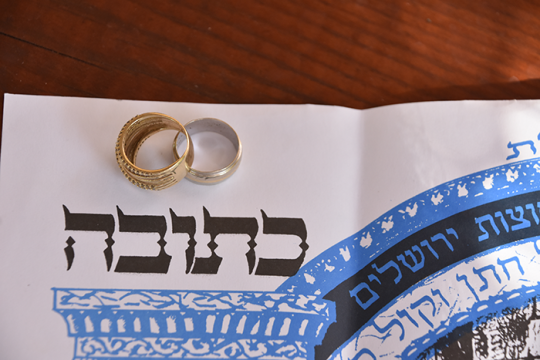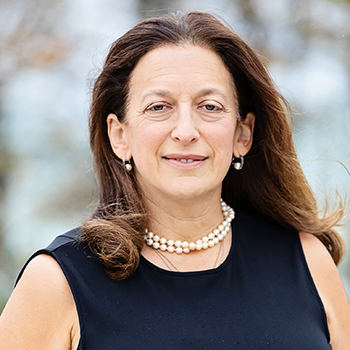
Growing up, I saw as a mysterious event on Yom Kippur afternoon. The grownups would return to temple in the afternoon, while my sister and I stayed home. There was no explanation, just an understanding that this was a thing our parents and grandparents did, and we did not. Growing up, this prayer ritual was shrouded in mystery.
When I reached rabbinical school and served congregations as a rabbinic intern for both High Holy Days and throughout the year, I didn't pay any more attention to Yizkor than minimally necessary. By then I had learned that this memorial service happened on more than Yom Kippur; Yizkor is recited on the last days of Sukkot, Passover and Shavuot, too. I later learned that the Yizkor service started after the Crusades when many Jews were brutally killed, and originally included just a prayer or two. Thanks to our early Reform forebears in Germany and many others since, Yizkor grew into an independent ritual. With more readings and prayers, its focus also evolved from a prayer promising the afterlife for the deceased to a service that evokes memory of our deceased loved ones.
As a congregational rabbi, I have sat on the bima for Yizkor on Yom Kippur, watched our sanctuary fill, and then empty with the exodus of those who flock out for right after. On the festival holidays, we the clergy felt fortunate if we had double digits in attendance. We watched the attendance for festival Yizkor dwindle, and wondered, if, perhaps, this ritual still had meaning and for whom.
These questions were already in my mind when my father died suddenly, and I became a mourner. That next Yom Kippur afternoon, I gratefully exited the bimah and sat in the congregation for Yizkor so that I didn't have to shed my tears facing the congregation. Relief! I sat, listened, took in the music, and remembered. And then it was done.
I had associated this set of prayers about memory in the prayerbook with old people, or at least people older than me. I was surprised how meaningful Yizkor was to me. I learned from that Yizkor and the experience of mourning overall that I needed time and space to grieve, and I realized that I wasn't alone. Bringing a deepened awareness to my pastoral work when meeting with bereaved families, as I listened to their recollections, I encouraged them to take time to mourn. I suggested they try to buck the societal pressure to get on with life quickly.
I sensed that we were missing an opportunity to help people find solace in their grief. I saw that people wanted to remember their deceased family and friends and sensed a need for quiet space to be, reflect, remember and not be alone. Yet I bore witness to the pressure of time, jobs and the like, and saw again and again that it was the norm to skip or limit , to travel home, and get back to work and school. Yizkor? It wasn't even on most people's radar! The needs of the people and the realities weren't matching up!
So I decided to take on Yizkor for the festivals and reinvent it for my community. We did not markedly change the Yom Kippur Yizkor afternoon service, though we added a bit more time for personal reflection. The festival ritual would not be tied to a morning festival service. Short and accessible, it would provide quiet time for reflection and remembrance and conclude with . I would personally invite all those in the congregation who had experienced the death of a family member or loved one in the last year, explaining what Yizkor is and encouraging them to come, and I'd publicize it too, in our communications, open to all. At first, we called the ritual Alternative Yizkor, and soon it evolved into the only Yizkor ritual that we offered on festivals.
On Sukkot, we meet outside in the sukkah and watch the light change over Lake Michigan as the sun rises in the sky. Usually on Pesach and Shavuot, we are inside because of weather, but we sit near the sanctuary windows to take in the light and beauty of the trees and water. I change up the readings each holiday and include singable music. There is time set aside for silence - for reflective readings in the service booklet, or just time to be quiet with one's memories. Before I read Psalm 90, I explain the plea to God to "Establish the work of our hands," and invite worshippers to share examples of the work of their loved ones' hands.
Sometimes people talk, sometimes it's silent. When they choose to speak, it is ever so powerful. We hear about work and hobbies, tables set, and meals made. We hear about loving hugs and encouragement, letters written, paintings made, and jewelry worn for remembrance. We hear about holidays made and families nurtured. What a gift - windows into sacred stories! We conclude with naming all those who have died in the past year, and prayers of memory, , , and . After the service there is a bit of breakfast and room to meet and talk. Connections are made through memory and presence. We have created a sacred pause to remember and have reflected on our parents, grandparents, children, siblings - all those whom we loved and miss.
Ultimately, this ritual is still in process, and it always should be. Even as I cast a critical eye, I am heartened that the mourners who come are moved by the sacred reflective time. I'm definitely still learning - and I am proud to have taken Yizkor head on. What began as a prayer for the dead, today honors the deceased and shows our commitment to memory. For, as my dear friend Rabbi Aaron Panken, z'l, wrote, "Yizkor is, in the end, not a prayer for the dead, but a promise by the living."
Won't you make that promise? Won't you accept the invitation to remember?
Related Posts

Creating High Holiday Memories for Children

Making a Jewish Ritual for my Divorce

